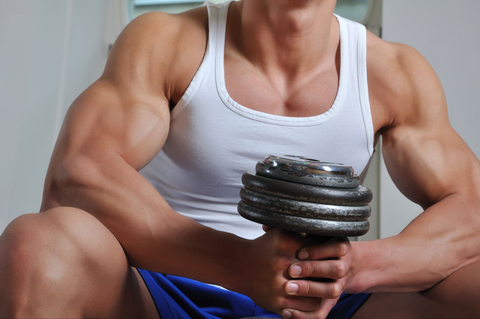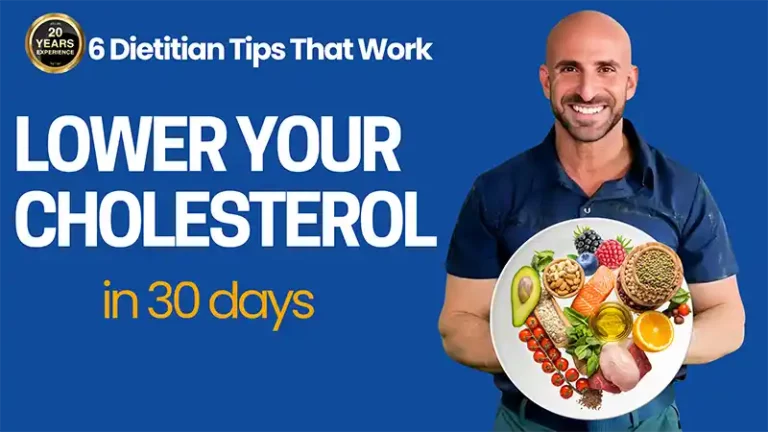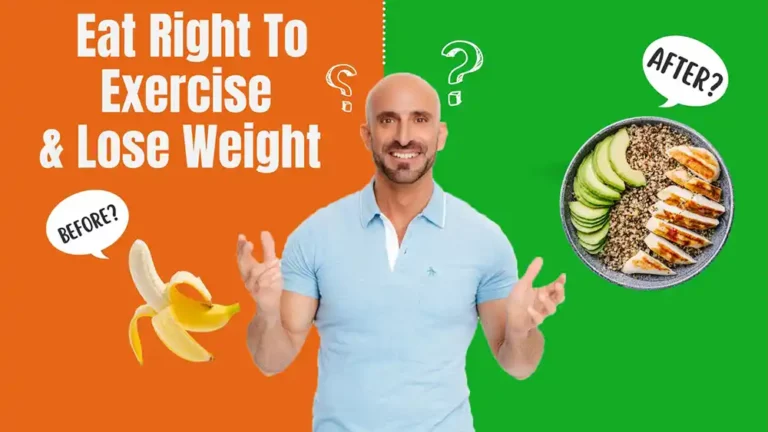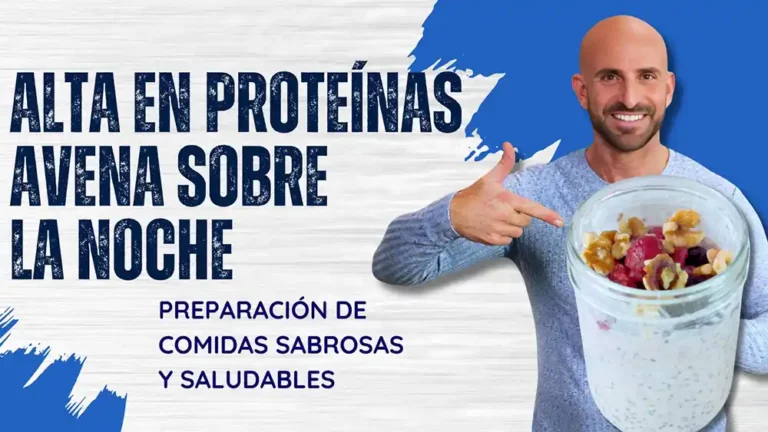Your metabolism has two basic modes: anabolic which means building-up or adding and catabolic which means breaking-down or eliminating. Losing fat occurs in catabolic mode (which includes maintaining a calorie deficit), while adding muscle requires that you be in anabolic mode (which includes maintaining a small calorie surplus). I recommend that you start by aiming to lose fat while preserving existing muscle by consuming proper amounts of protein and strength training as recommended. Then when fat loss goals are reached, switch the aim to muscle gain (and weight) while minimizing fat regain.
Once you have lost your body fat, then you are ready to build your muscle mass. In order to build muscle, you must eat more calories–but not just any calories or just any surplus calories. You must have the right amount of carbohydrates, protein and fats. Also, you want to start increasing your calories gradually. I recommend starting with increments of 500 calories at a time.
There is a limit to the calorie increase that your body can handle. Unnecessary surplus calories will not help you build muscle mass, just your waistline.
When signing-up at Eating Free, It will figure out how many calories you burn everyday, this is called your Total Energy Expenditure (TEE). First it will do the Mifflin equation to figure out what your resting metabolic rate is (how many calories you burn while at rest -digestion, brain, lungs, etc.). Then it will take into account how many calories you burn during the day from your daily activities (such as work), this is called your lifestyle. Finally it will add in the calories you burn from exercise on a daily basis. Now you have your TEE. This is the number that your meal plan will be based on. You can work with a Eating Free coach who will tailor your plan to meet your body goals. If you would like to lose body fat before gaining muscle, then you will be given a calorie deficit meal plan as well as a cardio-based exercise plan (with some strength training). This will be maintained until you have reached your ideal body fat percent. Then to begin building muscle mass, your coach will modify your meal plan by increasing your allowances. Every two weeks your calories will increase by 500 daily calories, until the proper amount has been reached. You will also be given a new exercise plan that is strength training based (with light cardio). This will ensure that you increase muscle weight and while minimizing fat gain. You will work closely with your coach throughout the process- it is important to be in communication with your coach to ensure that the plan is working for you.
Macronutrients
Carbohydrates: Carbohydrates are needed so you can function properly and sustain your exercise plan. Carbohydrates, such as whole grains, are rich in B vitamins, which are key elements in helping your metabolism work. Thus, a diet low in whole grains negatively affects your metabolism.
In addition, glucose in the blood (a simple carbohydrate) and glucose in muscle in the form of glycogen (a complex carbohydrate), are the primary sources of energy when you exercise. Therefore, if carbohydrates are either missing from your diet or are being eaten in insufficient amounts, your body will be forced to attain the glucose needed for energy from protein. Your body gets energy from protein by breaking down your muscles, which causes decreased muscle mass and can be very detrimental for the functioning of your body and counterproductive on what you’re planning to do which is build muscle.
Protein: Proteins are the building blocks of muscle tissue. Without it, building muscle and burning fat efficiently would be impossible. Everybody who wishes to build muscle should consume between 0.8 gram of protein to 1 grams of protein per pound of body weight. Good examples of protein are eggs whites, chicken breast, turkey, fish and low-fat cheeses. Nobody should consume more than 1 gram per pound of body weight as this is unnecessary and the extra protein may get turned into fat.
Fats:Fat is an important and necessary part of our diets, we cannot survive without it. Some of the health benefits of fat include: energy storage, breakdown of fat-soluble vitamins and phytonutrients and hormone synthesis. However, certain fats are more beneficial than others – not all fats were created equal. Bad fats include saturated fat and trans-fat (which comes from partially-hydrogenated oils). They are dubbed “bad fats” because they are known to contribute to cardiovascular disease. This is why it is very important to reduce your consumption of these fats and instead focus on monounsaturated and polyunsaturated fats, including Omega 3 and Omega 6, which have been proven to be beneficial for your body. Some good heart healthy fats are avocados, almonds, walnuts, pistachios, olive oil, canola oil, and flax seeds.
At Eating Free all of your macronutrient needs will be calculated and then broken down into freebies, so you never need to worry about counting grams or calories. Every plan is tailored towards the individual and their specific nutrient needs. Once a goal has been established (e.g., body fat loss), our program will automatically generate the proper meal plan needed. Then you will work with a coach to tailor specific details.
Timing and frequency of your meals
To maximize your muscle mass building, you must pay attention to the timing of your meals. It’s been scientifically proven that eating before and after each workout results in significantly greater improvements in strength and body composition (increase in lean body mass and decrease in body fat percentage). Studies show that, by taking a combination of protein and carbohydrate immediately before and after a workout, you will enhance the desired changes from strength training.
- 45 minutes to 1 hour before workouts, consume at least 30g of carbohydrates and 15-25 grams of protein. Right after your workouts (within 15 minutes), consume at least 15-30 grams of carbohydrate and 25-35 grams of protein.
Examples of Pre-Workout Snacks (to be consumed about 45-60 minutes prior to workout):
- 1 slice bread (30g carbs) with 2 oz turkey breast (15g protein)
- 1 large banana (30g carbs) and 1/2 cup egg whites (15g protein)
On the run and don’t have time to put together a snack? This is when supplements come in handy. Instead of eating a pre-work out snack you can drink one.
Pre-Workout Supplement Example:
- Blend: 1 cup fat-free/low-fat milk (12g carbs, 8g protein), ½ banana (15g carbs) with 1 scoop Designer Whey Protein Powder (18g protein)
Examples of Post-Workout Snacks (to be consumed no later than 15 minutes post workout):
- Sandwich: 2 slices bread (30g carbs), 2 oz turkey breast, 2 oz fat-free/low-fat cheese (28g protein)
- 5 dried apricots (15g carbs), 1 c low-fat cottage cheese (8g carbs, 31g protein)
Post-Workout Supplement Example:
- Mix 8 fl oz (1 cup) low-fat chocolate milk (30g carbs, 8g protein) with1 scoop Designer Whey Protein Powder (18g protein)
- Drink Myoplex Lite Ready-To-Drink Shake (20g carbs, 25g protein) or mix1 scoop Myoplex Lite Protein Powder (20g carbs, 25g protein) with water
- Mix 1 scoop Myoplex Original Powder (24g carbs, 42g protein) with water
- Mix 1 scoop Perfect Isopure Powder (25g carbs, 50g protein) with water
Eat five to six small frequent meals a day spaced out at 2-1/2 to 3 hour intervals. These include your before and after workout meals. When eating several times a day, your metabolism increases. Frequent feedings are of particular importance since after three to four hours of no food your body switches to a catabolic state (a state in which you lose muscle and gain fat).
Manuel Villacorta, MS, RD, CSSD
Board Certified Sports Dietitian






